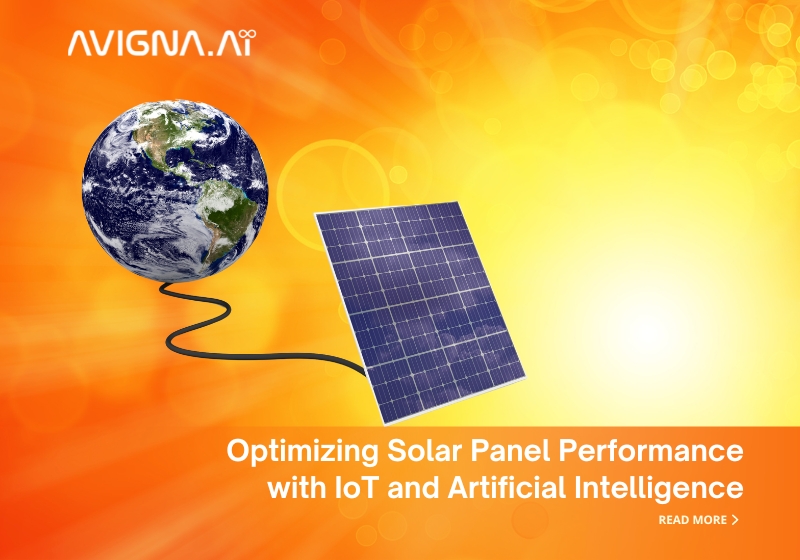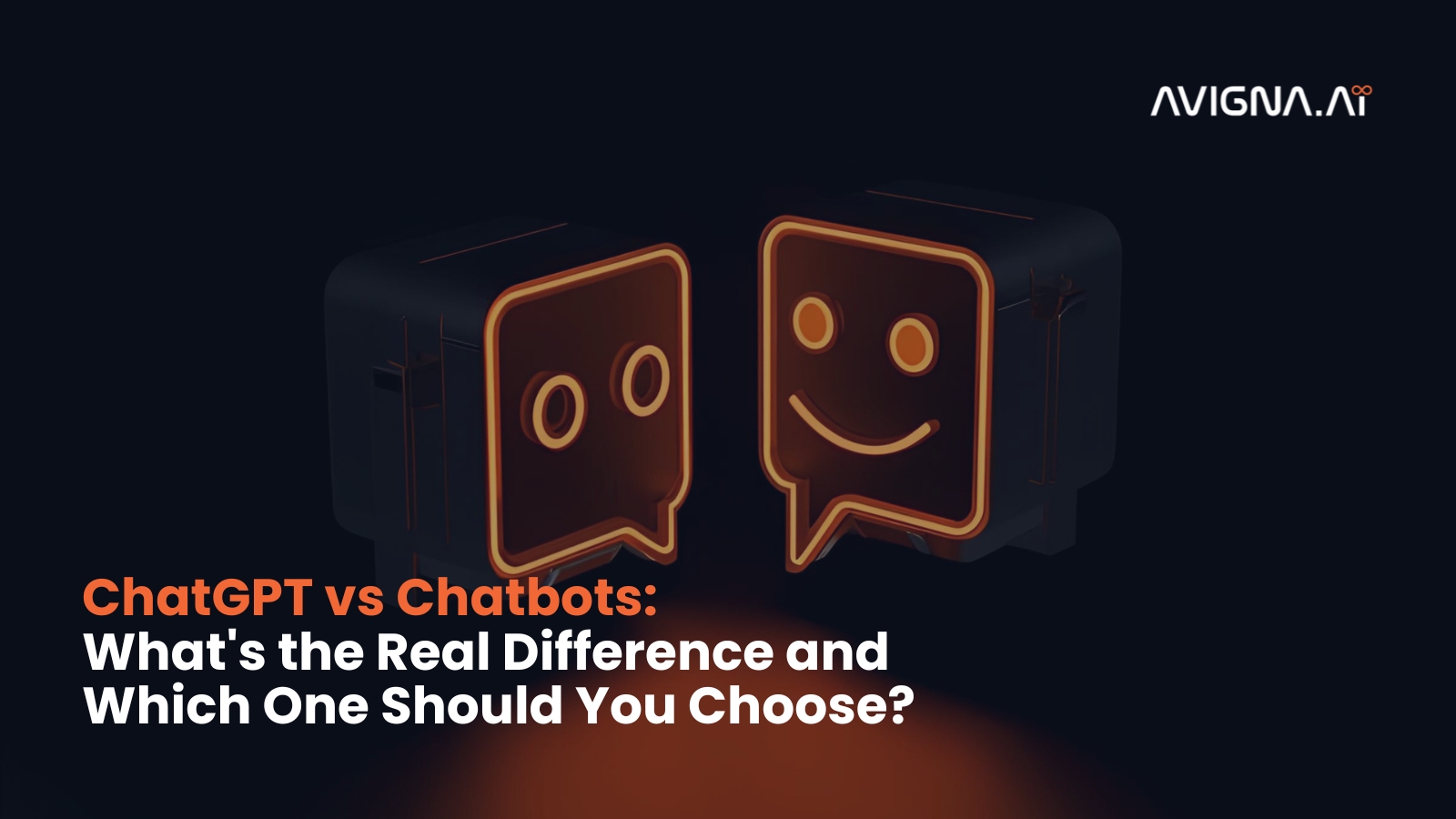Optimizing Solar Panel Performance with IoT and Artificial Intelligence
Traditional solar panels face challenges. Environmental factors like dust, shade, and temperature fluctuations can negatively impact efficiency. Without ongoing monitoring and maintenance, a solar panel performance gradually declines. Manually checking each panel is impractical at large solar farm scales. This is where integrating solar equipment with IoT sensors and AI comes in. Real-time data collection and intelligent analytics provide insights not previously possible. Solar farms can now proactively manage themselves to generate more energy with fewer human resources.
A Connected Clean Energy Future
IoT sensors installed on solar panels and throughout solar farms communicate critical parameters like voltage, power output, tilt angle, temperature, humidity, and more back to the cloud for analysis. AI algorithms continuously examine correlations between these operational conditions and energy generation levels.
Over time, patterns emerge to predict solar panel performance based on various environmental conditions. With this contextual understanding, adjustments can be made like automatically adjusting panel angles for optimum sun exposure throughout the day. Proactive steps replace reactive firefighting after things happen.
Imagine intelligent alerts notifying maintenance staff when dust accumulation on a particular row of panels exceeds a specified threshold based on AI forecasts of its energy production impact. Robotic cleaners could autonomously dispatch to targeted locations for cleaning instead of blanketing the entire site.
Early identification of performance issues means remediation occurs before significant output declines. Continuous monitoring also creates detailed historical production data to evaluate component lifetimes, inform replacement part procurement, and maximize financing payments.
Enhancing Efficiency at the Panel Level
While IoT and AI promise significant benefits at larger system scales, their application can also boost individual panel performance. Small-scale implementations designed for residential and commercial rooftop solar see similar efficiency gains through passive monitoring and maintenance.
Tilt angle optimization: Accurately measuring a panel’s tilt angle informs AI models of its ideal positioning for different sun exposures and weather conditions throughout the day or year. Automatic actuators can micro-adjust angles daily according to sunlight forecasts to maximize energy harvest.
Shading detection: Photos of solar panels are analyzed by computer vision AI to identify partial or complete shading from obstructions like trees, vents, chimneys, or new construction. Recommendations are provided to trim tree branches, install additional panels in shaded areas, or adjust panel angles/positions to minimize shading effects.
Performance benchmarking: Consistent sensor readings over months and years create a digital performance fingerprint for each panel and system. Deviations from normal baselines trigger a diagnostic investigation for potential faults, damage or unexpected degradation requiring maintenance. This catch-it-early approach avoids sudden significant repairs or replacements.
System health monitoring: Beyond energy generation amounts, real-time operating parameters provide clues about general equipment conditions. Things like voltage consistency, current leakage and module/inverter temperatures persisting outside normal ranges raise red flags for AI to flag for inspection—potential equipment failures are addressed before catastrophic outages occur.
Maximizing Performance with AI
Beyond connectivity functions, AI can analyze massive operational data streams to improve solar forecasting and continuously maximise output. Several core techniques work together to optimize performance:
Time series analysis and forecasting: AI algorithms decompose historic sensor data into various frequency signals like seasonal, weekly and daily patterns. These derived patterns train highly accurate models for predicting short-term solar irradiance, energy generation and weather one hour to several days ahead based on location.
Anomaly detection: Power generation amounts deviating substantially from forecasts could indicate onsite issues needing attention. Machine learning techniques spot abnormal production declines and isolate causal factors like increasing dust, equipment faults or unexpected shading/obstacles through sensor correlation.
Predictive maintenance: With failure likelihoods estimated based on equipment usage profiles and monitored parameter drifts over time, AI guides just-in-time servicing/replacement before outright failures cause downtime. This avoids unnecessary maintenance costs, too.
Optimized set points: Rather than fixed thresholds, AI tunes thresholds for alerts, actuation and automated decisions by learning optimal values through simulation and reinforcement. Fine-tuned tolerance ranges improve system reliability and uptime.
Component lifespan analysis: Failure data from equipment warranties and lifetime testing helps AI derive failure distribution models. These inform remaining helpful life predictions and proactive replacement scheduling to maximize uptime over the system’s operating years.
As machine learning algorithms continuously feed on real-time operating insights, their forecast quality and optimization abilities improve exponentially. We’ve barely scratched the surface of AI’s potential to optimize every aspect of solar energy systems. Coupled with IoT’s connectivity, their synergy ensures solar power generation meets its full technical potential with maximum uptime, reliability and efficiency to significantly accelerate the renewable energy transition.
Envisioning a Self-Cleaning Future
While dust poses persistent environmental challenges for solar panels worldwide, researchers envision future generations of intelligent solar modules capable of autonomous dust removal without human intervention. Integrating mechanical, electrical and software capabilities holds immense promise:
Piezoelectric dust removal: Ceramic materials in solar panels can generate electric voltage when physically stressed, a phenomenon called the piezoelectric effect. Vibrating solar cells at specific frequencies through electrical actuation causes accumulated dust to shake off literally.
Electrophoretic dust repellency: Solar panel surfaces chemically treated with materials like graphene display an electrical charge when powered. Oppositely charged dust particles located atop would experience electrical repulsion to detach and blow/wash away, keeping surfaces pristinely clean without contact.
Waterless self-cleaning: Photocatalytic coatings activated by sunlight undergo acceleration degradation to destructive hydrophilic/hydrophobic surface properties. This causes any water from humidity or occasional rainfall to smoothly sheet off collected dust instead of leaving stains, maintaining optimal light transmission.
Internet-connected water sprayers: Strategically placed, AI-orchestrated moisture sprayers activated by cloud forecasts of sufficient sunlight hours after could automatically mist panels on set intervals. Miniature wipers may also squeeze residual water and loosen surface particles for controlled drying.
Integrated vision and controls: Onboard cameras and edge vision processing identify soiled cell locations for targeted cleaning. Microfluidic pumps precisely deliver minimal cleaning fluids only as needed versus wasteful broad spraying.
Combined with IoT/AI smarts, these innovative solar systems promise optimized performance with near-zero downtime long into the future. Between ever-improving technologies and plummeting costs, solar power’s promise of powering our world with clean, infinite sunlight grows brighter daily.
Transforming Solar Industry with IoT
At Avigna, we are fascinated with the possibilities of IoT in solar industry. We are committed to empowering renewable energy leaders realize their innovative visions. Contact us to learn how we help global solar giants with their IoT innovation. Email us at queries@avigna.ai to receive expert consultation.



